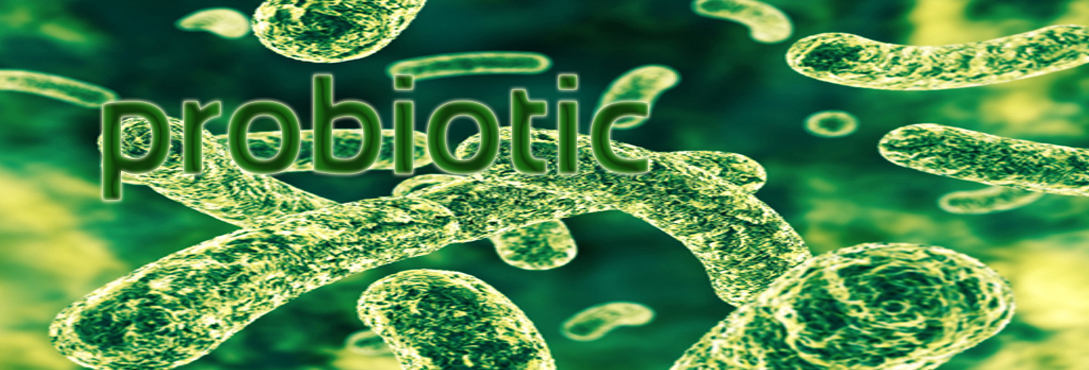LIMPIADORES PROBIÓTICOS
Los limpiadores ecológicos probióticos son los mejores, más eficaces y fáciles de usar. Son limpiadores biológicos reales, que contienen cultivos de microorganismos probióticos viables.
La Organización Mundial de la Salud define probiótico en el sentido de, “por la vida.” ‘Probióticos son microorganismos vivos que, al ser suministrados en cantidades adecuadas, promueven beneficios en la salud del organismo huésped’.
Increíblemente eficaces, seguros y respetuosos con el medio ambiente. Limpian y desinfectan a nivel microscópico de forma natural y segura. A diferencia de los desinfectantes comunes, los probióticos sólo matan las bacterias malas, creando micro flora sana. Reducen el riesgo de infección y eliminan eficientemente los olores desagradables. Los probióticos penetran fácilmente en las grietas y poros de la superficie, proporcionando una limpieza más profunda y un control de olores más prolongado. ¡Seguirán limpiando y protegiendo durante tres días!
MICROORGANISMOS PROBIÓTICOS
Los cultivos de microorganismos probióticos son organismos benéficos de origen natural que han sido seleccionados de los ecosistemas naturales equilibrados. Estos probióticos han mantenido el sutil equilibrio de la vida en la tierra y ahora están ayudando a mantener el mismo equilibrio en su propia casa.
Las superficies de su casa son como un jardín. Si no siembra buenas plantas, crecerá maleza. Usted tiene la misma opción con sus superficies domésticas: desinfectarlas por un momento con productos químicos agresivos, dejando la superficie abierta a una nueva contaminación, o sembrarlas con probióticos para eliminar continuamente los malos microorganismos. Los limpiadores tradicionales “limpian” una superficie por un momento; en el mismo segundo que el trapo haya terminado de limpiar la superficie, esa superficie casi instantáneamente vuelve a estar contaminada por el polvo ambiental, la suciedad y los microorganismos. Los probióticos crean un mini-ecosistema a nivel microbiano que produce enzimas, que descomponen los olores, suciedad, grasa, aceite, restos de comida, residuos y papel higiénico, de forma continua entre las aplicaciones. Esto crea un ambiente natural, limpio y equilibrado, que es seguro incluso para los miembros más sensibles de su casa natural.
Nuestra empresa utiliza microorganismos probióticos no patógenos y no tóxicos seleccionados cuidadosamente, combinados con ingredientes naturales a base de plantas y biodegradables, para resolver los problemas de limpieza más difíciles.
MICROORGANISMS, ENZYMES AND CHEMICALS
The Principle behind Specialized Microorganisms for Waste Degradation and Odor Control
Microorganisms are living organisms that produce the specific enzymes needed to break down compounds so that these microorganisms can digest them. Specialized microorganisms are scientifically adapted to digest specific compounds such as detergents, papers, oils, greases, hydrocarbons and phenols. These specialized microorganisms secrete the proper enzymes for their environment and will then digest the compounds. By using specialized microorganisms, the process of digestion is greatly improved. During the digestion process, odors such as hydrogen sulfide, ammonia, and the obnoxious odor from grease, are controlled. By controlling odors at a molecular level, the need for a masking agent such as perfume is eliminated.
The Life of Microorganisms
Microorganisms are either aerobic or anaerobic. Aerobic microorganism needs atmospheric oxygen to breathe. Anaerobic microorganism metabolize by using carbohydrates or amino acids. Microorganism that can metabolize equally well in the presence or absence of oxygen are called facultative anaerobes.
All organic compounds are a potential food source to microorganisms. Each stain of microorganisms will produce a specific enzyme that enables it to break down the waste. The microorganism will then utilize that “food” in its work. That resulting compounds from microorganism digestion are carbon dioxide (CO2) and water. Without microorganisms (and fungi) all carbon and nitrogen atoms would eventually be tied up in dead bodies of plants and animals. Life would cease because of the lack of raw material needed for building new cellular components.
Specialized microorganism reproduces at a rate of once every 20 minutes. This gives rise to a large population in a very short period. However, later generations will not be quite as strong and will be somewhat mutated from the original generations. This reduction in microbe strength requires regular, periodic introduction of a fresh, new supply of microorganisms to your system.
MICROORGANISMS VS. ENZYMES VS. CHEMICALS
What are Microorganisms, Enzymes and Chemicals?
| Microorganisms are living cells which have the capabilities of consuming wastes of different types, reproducing, and actually producing enzymes. Better said, microorganisms are the factories that produce enzymes. When the right microorganisms are present in the right quantities and in the right conditions, they produce enzymes much more economically than people can manufacture them. | Enzymes are NOT alive. They are complex chemicals produced by microorganisms. They cannot reproduce, or actually consume waste. They speed up chemical reactions without getting used themselves. However, enzymes are all proteins, and some enzymes attack proteins. Therefore, enzyme usefulness is limited by digestion from other enzymes. | Chemicals are NOT alive. Chemicals include soaps, harsh acids and bases and solvents. Chemicals do not reproduce themselves. Chemicals can be used to mimic the properties of bacteria or enzymes, but they are either environmentally harmful, not as efficient, or both. |
How do Microorganisms, Enzymes and Chemicals Work?
| Microorganisms consume waste materials. When microorganisms consume waste, they convert the waste into safe by products – carbon dioxide and water. When the waste materials are very complex (such as pond sludge), microorganisms actually produce enzymes to break down the complex waste into simple compounds that the microorganisms can consume. | Enzymes are not capable of consuming waste materials, such as sludge or ammonia. Rather, all that they can do is convert complex wastes into simple wastes. Bacteria are still needed to consume the waste material – enzymes alone will not do the job. An enzyme product only has half the tools necessary to get the job done right! | Chemicals can oxidize sludge and ammonia, but only very harsh and dangerous chemicals can accomplish this job. Less hazardous chemicals are generally not effective in a pond environment for tough jobs like sludge digestion. In addition, chemicals have considerable toxicity issues, and are likely to harm fish, wildlife, and the general pond health. |
Which system is best for the Environment?
| Microorganisms contained in our products 100% natural, safe, and non-pathogenic. They are not genetically engineered or altered in any way. Since microorganisms both degrade complex waste and consume the by-products, less pollution is discharged to the environment. They also consume phosphates, ammonia and nitrates. This improves water quality in lakes, ponds, and groundwater. Microorganisms is the environmentally superior solution. | Enzymes are not necessarily bad for the environment, but they do not have the advantages that the microorganisms provide. Again, enzymes do not actually consume wastes; they simply break complex compounds into simpler compounds. Microorganisms are still needed to finish the job. Enzymes cannot help in removing pollutants such as phosphates, ammonia, and nitrate. Therefore, enzymes have limited benefits. | Chemicals are often bad for the environment, and they do not have the advantages that the microorganisms provide. Chemicals can be used for some pond water treatment, such as chlorine removal, heavy metal removal, and pH adjustment. However, they are neither effective, economical or environmentally appropriate for removal |






